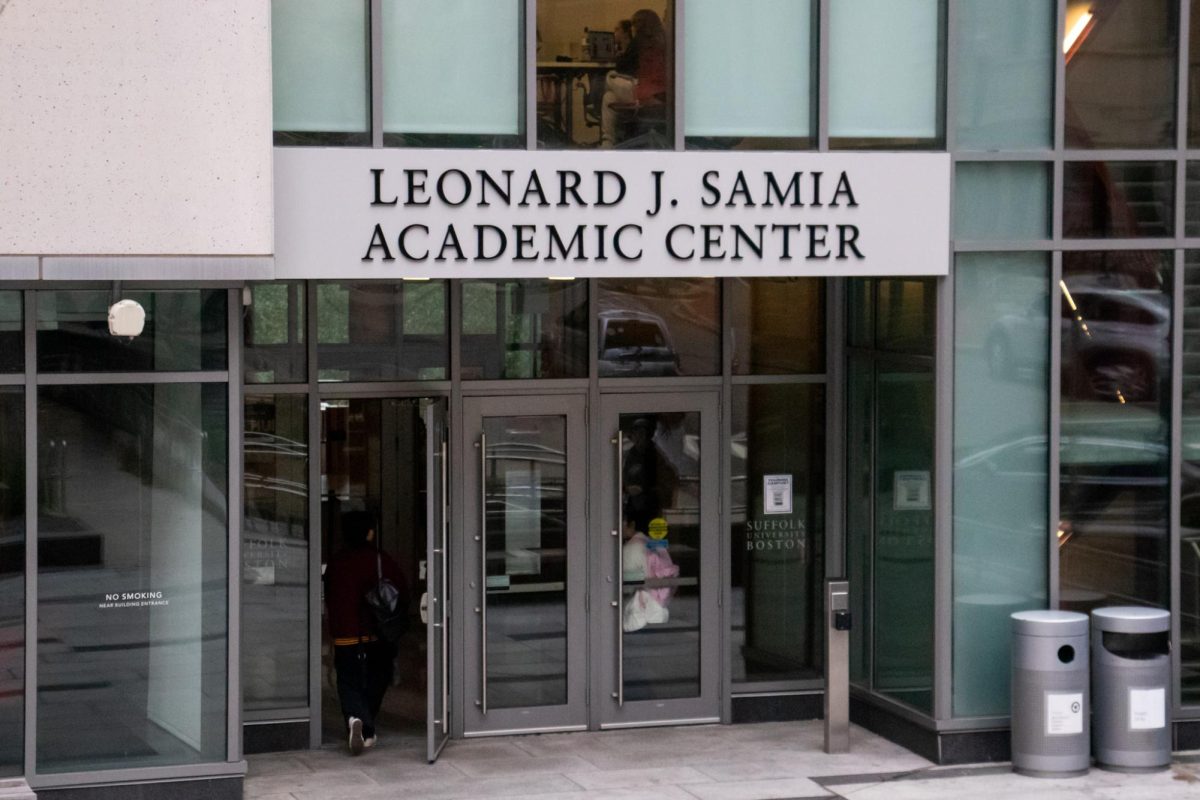The recent closing of Hi-Lo Foods in Jamaica Plain sparked community sadness and a sense of loss. The store, which operated for 47 years at the same location, offered foods and household goods from various Latin America origins. Not only did Hi-Lo offer home comforts and foods to Jamaica Plain’s diverse and transplanted Latino community, it did so at an affordable price.
With the ending of a communal staple, local residents turned dejection into outrage. They have recently started to voice concerns over the proposed introduction of a new tenant to the former Hi-Lo site: Whole Foods Market.
Hi-Lo occupied an interesting location that has obvious appeal to a company that prides itself on attracting customers by offering diverse and funky food options. The former family-operated supermarket straddled the imaginary border between Jamaica Plain’s Caucasian and Hispanic neighborhood subgroups. Moreover, where the two communities merged, a growing crowd of young and adventurous hipsters flocked to enjoy the affordability of Hi-Lo’s low cost produce and creature comforts. Unfortunately, Whole Foods opening in this mix of classes is viewed by many as the final push into the total gentrification of JP.
And you know what they say about gentrification: White people sure don’t mind it. Whole Foods operates each individual store in a manner that meets the needs of the local community. So, the JP Whole Foods will more than likely specialize in Latino food items. In addition to this, they also hire team members from the particular locale in order to promote their image of being a member of the neighborhood.
On the outside, it seems harmless enough. Seeing as how Whole Foods pays employees better than average, job creation and decent wages are good things. Add to that benefits and profit sharing for full-time employees on top of a 20 percent discount [for all employees] and it is easy to lose sight of concern.
Many of the residents, in particular recent immigrants, cannot afford to do much of their shopping at Whole Foods. Hi-Lo did not just offer the community what the community wanted in terms of product, they also did so at a price that the community could afford. A shopper spending $100 at Hi-Lo could walk out with eight bags of groceries. At Whole Foods, that shopper might leave with three.
So while those loyal to Hi-Lo may take their business elsewhere out of protest or economics, where does that leave Whole Foods? The answer is simple: Whole Foods is going to attract shoppers who are more comfortable with that style of shopping, yet, who would otherwise not venture into that particular area of Jamaica Plain. In essence, it will be a safe haven for “whitey.”
There are many Caucasian residents in JP, many of whom celebrate the diverse backgrounds of Jamaica Plain’s residents. They would not only go to a place like Hi-Lo, they would also patronize the many local independent shops dotting the vicinity. They help support community businesses.
The new location of Whole Foods will attract the type of shopper that will now feel comfortable entering Jamaica Plain to pick up “authentic” Latino fare while avoiding the real authentic boutiques and shops immediately surrounding the store. These shoppers will support Whole Foods and not the community. That is the concern.
The upscale, organic, grocer will definitely bring more traffic into JP, but what is the point when those shoppers are making one individual store their only destination? How does that build community? Only time will tell.







